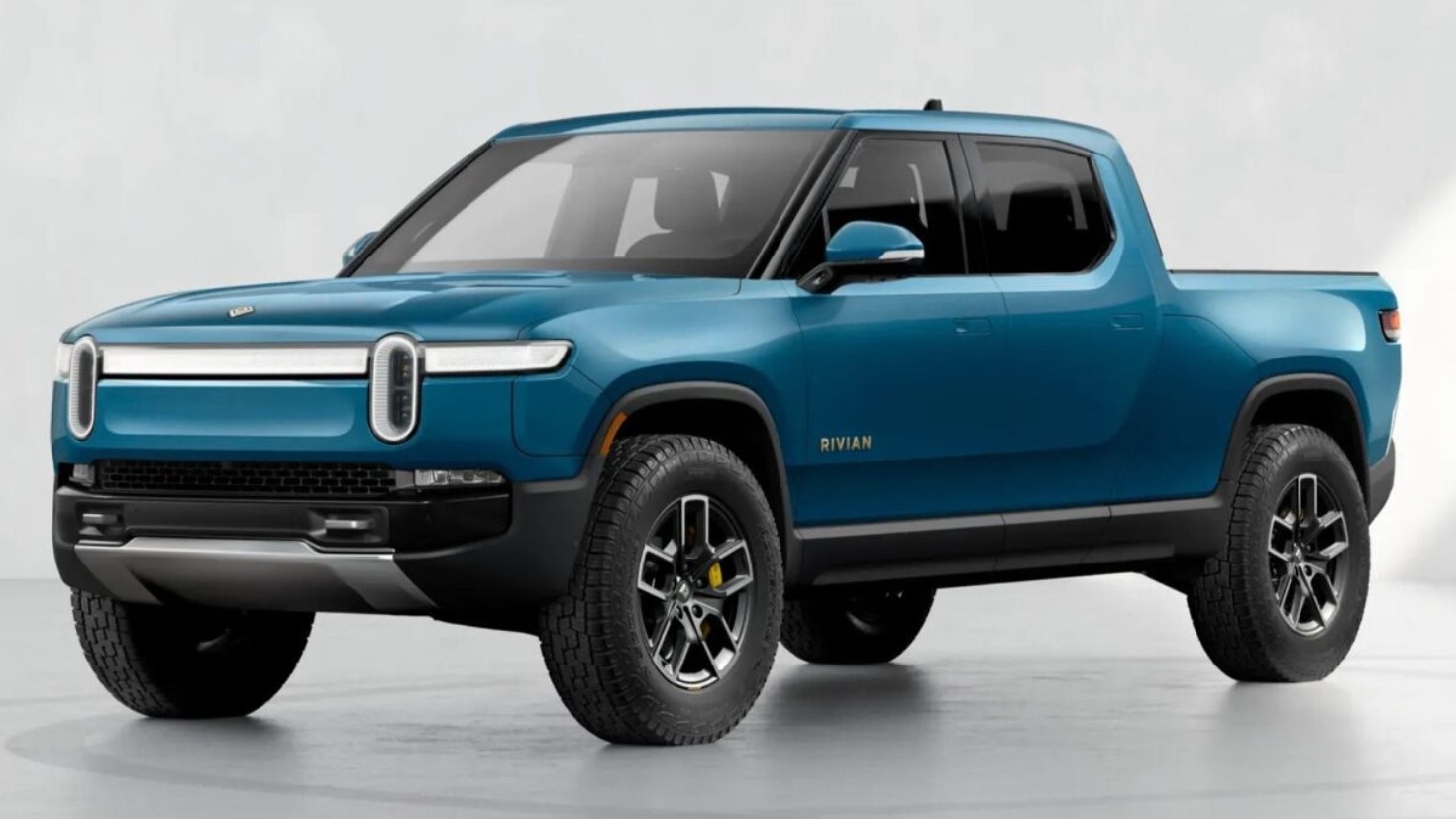Rivian has hit a crucial checkpoint: it’s no longer losing money on every truck it makes. But the real test looms — and it’s shaped like a more affordable electric pickup. The R2 could decide whether Rivian becomes the next Tesla or another cautionary tale in a brutal auto market.
The company is still bleeding cash overall, but if it sticks to its plan, that might change fast. Here’s how Rivian is taking a page from Tesla’s book — and what might come next.
Tesla Wrote the Playbook — and Rivian’s Reading It Closely
Tesla didn’t start with a car for everyone. Its first car was the Roadster — expensive, flashy, and limited. That car wasn’t meant to sell in huge numbers. It was proof of concept.
From there, Tesla introduced the Model S and Model X — still pricey, but more practical. Eventually, the real game-changers arrived: the Model 3 and Model Y. Those models were aimed at everyday drivers, and they exploded in popularity.
That shift to mass-market vehicles is what turned Tesla from a money-burning experiment into a trillion-dollar juggernaut Rivian’s making the same move — high-end first, then down-market.

Rivian’s Trucks Are Getting the Job Done
Rivian kicked things off with two vehicles: a consumer pickup truck and a delivery van.
The delivery van — developed as part of a deal with Amazon — helped the company test its tech while earning some revenue. It didn’t make headlines, but it made sense. Similar to Tesla’s Roadster, it showed that Rivian could actually build something useful.
The R1T pickup, though, was the real attention-grabber. Slick design, solid range, and a luxury price tag around $70,000. It got great reviews, especially for a newcomer.
Then, a big moment: Rivian posted a gross profit in Q4 2024 and again in Q1 2025. That means it finally stopped losing money on every vehicle sold — a milestone Tesla also crossed before things really took off.
But the R2 Could Be Everything
Right now, Rivian still posts net losses. R&D, SG&A, and other costs are high. That’s normal for a young automaker — but it can’t last forever. To fix that, Rivian needs volume. More vehicles. More buyers. More cash flowing in.
That’s where the R2 comes in.
It’s Rivian’s first mass-market model, expected to be significantly cheaper than the R1T. Production is set to begin in early 2026. The price tag? Likely between $40,000 and $45,000 — much closer to what regular people can afford.
A few things make the R2 a potential game-changer:
-
A growing consumer appetite for affordable EVs
-
$7 billion in cash on the balance sheet to fund production
-
A fresh partnership with Volkswagen to share tech and platforms
Volkswagen could be the secret weapon here. The German giant knows how to build cars at scale — something Rivian is still learning.
Market Conditions Are Ripe — If Rivian Delivers
EV demand has cooled a bit in 2025, especially at the high end. But for affordable, well-made EVs? The market’s still hungry.
The auto industry is also shifting away from the gold rush mentality of the last few years. Investors are now asking tough questions: Who can build profitably? Who can scale? Who has staying power?
Here’s how Rivian and Tesla compare at key moments in their evolution:
| Metric | Tesla (2017) | Rivian (2025) |
|---|---|---|
| Gross Margin | ~18% | -15.1% (improving) |
| Market Cap | ~$60B | ~$16B |
| First Mass Vehicle | Model 3 | R2 |
| Cash on Hand | ~$3.5B | ~$7B |
| Strategic Partner | None | Volkswagen |
Rivian’s in better shape than Tesla was at a similar stage — but the competition is fiercer now.
Investors Are Watching Closely
The market has noticed. Rivian’s stock jumped over 6% this week, and it wasn’t just because of hype — it was tied to real progress.
But Wall Street remains cautious. Rivian is still a money-losing business in a capital-intensive industry. Scaling production is brutally hard. Delays or quality issues with the R2 could sink confidence fast.
Still, for risk-tolerant investors, this could be the sweet spot — before mass production, but after early teething problems.
The big money usually shows up after success is obvious. But the big returns show up when success is still just a possibility.
This Could Be Rivian’s Make-Or-Break Moment
Tesla didn’t become Tesla overnight. It took years of bleeding money, convincing skeptics, and overcoming manufacturing hell. Rivian’s facing a similar road.
But with the R2, it has a shot at becoming a true competitor. Not just a cool startup, but a real carmaker with staying power.
If that launch goes well? Rivian may not be the next Tesla. But it could end up being close enough — and for a lot of investors, that’s more than enough.
































